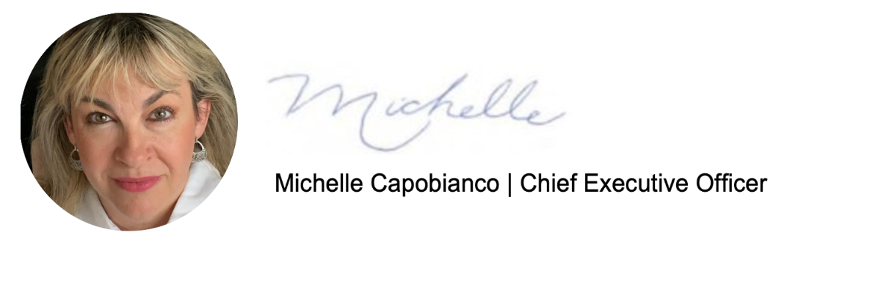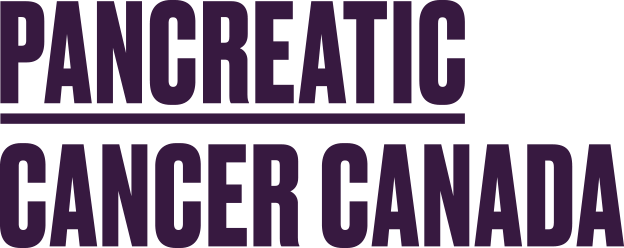
Chapter Two: Driving Their Diagnosis
Wednesday, January 26, 2022
Before the holidays I shared about the vigilant monitoring that led to my thyroid cancer diagnosis. Concurrent with chronicling my own stage II cancer journey, I am eager to share the experiences of stage II pancreatic cancer patients: stories characterized by brushed off concerns, determination, and self-advocacy.
One of these patients is Richard, who was in Florida on a break with his family when he started feeling very tired. “My wife thought I was working too hard. At dinner one night I felt sick. I thought it was the seafood, but the stomach cramps and diarrhea persisted. I didn’t know what was happening.” After a week of feeling ill, together with the issue of Covid-19, they decided not to fly back to Toronto but rented a car and drove back instead.
“Back in Toronto I was itchy. I started to break out in red welts all over my body which bled when scratched. The pain was unbearable. I thought then that I had early spring allergies. I was up most of the night watching Netflix, wide awake just itching and scratching as I could not sleep. I took oatmeal baths to try and stop the itching, but nothing worked.”
His son was the first one to notice that Richard’s eyes were bright yellow. Richard reached out to his family doctor, who was brand new and not seeing patients at the time. “My previous doctor diagnosed me just a few months before his retirement as the healthiest 62-year-old patient he ever had,” Richard said. His new doctor suggested he come back in two months to see her, but he couldn’t wait. “So, I went to a walk-in clinic in North York where I met a phenomenal doctor. He asked about a liver or alcohol problem, but I had none. He said we needed to do a barrage of tests because he did not like what he saw and assumed it was a liver issue. He ran all of the standard tests and sent me for a ventricular ultrasound. Finally, he said he believed it was pancreatic cancer.”
The first warning sign for Céleste* was in her family history: she had watched her mother die of pancreatic cancer decades earlier.
“When my mom was diagnosed, she was not offered treatment, only pain meds. She died quickly in the hospital. I’ll never know if treatment would have helped her and extended her life in a meaningful way.”
So, when Céleste started experiencing persistent pain in her abdomen, she made an appointment with her family doctor. Her doctor first dismissed the pain as irritable bowel syndrome (IBS). Céleste asked if she should be worried about pancreatic cancer and reminded her doctor that her mother had passed away from the disease when she was in her late fifties, about the same age Céleste is now. Her doctor dismissed it, but Céleste persisted. She knew if it was pancreatic cancer, she had to act quickly.
Finally, her doctor agreed to order Céleste a CT scan. Céleste was sure the results would reveal a tumour but was shocked – and relieved – when the results came in and she was told the scan was clear. She changed her diet, hoping that eliminating dairy and fried food would alleviate the pain her doctor attributed to IBS, but her symptoms persisted.
One morning Céleste’s husband noticed she was jaundiced, which sent her into a panic. She went to her local ER and explained everything to the doctor on call – the pain in her abdomen, her family history, and the jaundice that could be plainly seen – and her concerns about it being pancreatic cancer were finally taken seriously. A radiologist at the hospital reviewed the films from the CT her doctor had ordered weeks earlier and spotted the tumour right away. It was pancreatic cancer and it had been there all along.
Both Richard and Céleste are fortunate in a sense: having symptoms like jaundice and itching are most likely to make doctors take notice. Undiagnosed pancreatic cancer is so often first shrugged off, or diagnosed as something else – irritable bowel syndrome, gallstones, stress – which gives it the opportunity to continue to grow and spread until it is too advanced for surgery. Less than 20% of pancreatic cancer patients are diagnosed in time for surgical intervention, which is still the only curative option for this disease.
In the coming months I will share my story alongside Richard’s and Céleste’s as parallel experiences – from treatment to aftercare and everything in between – to illustrate the significant advancements needed to raise the rate of pancreatic cancer survival.
*Pancreatic cancer can be an intensely personal experience, particularly when a patient is still undergoing treatment. With this in mind, we have gathered the experiences of several patients navigating a stage II pancreatic cancer diagnosis, and will present them here in the coming weeks as the story of Céleste.


Recent Comments